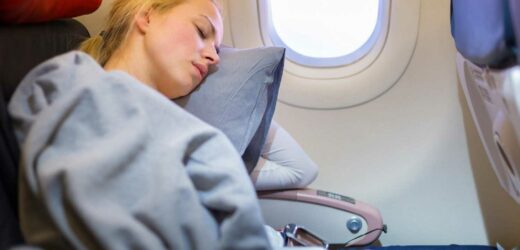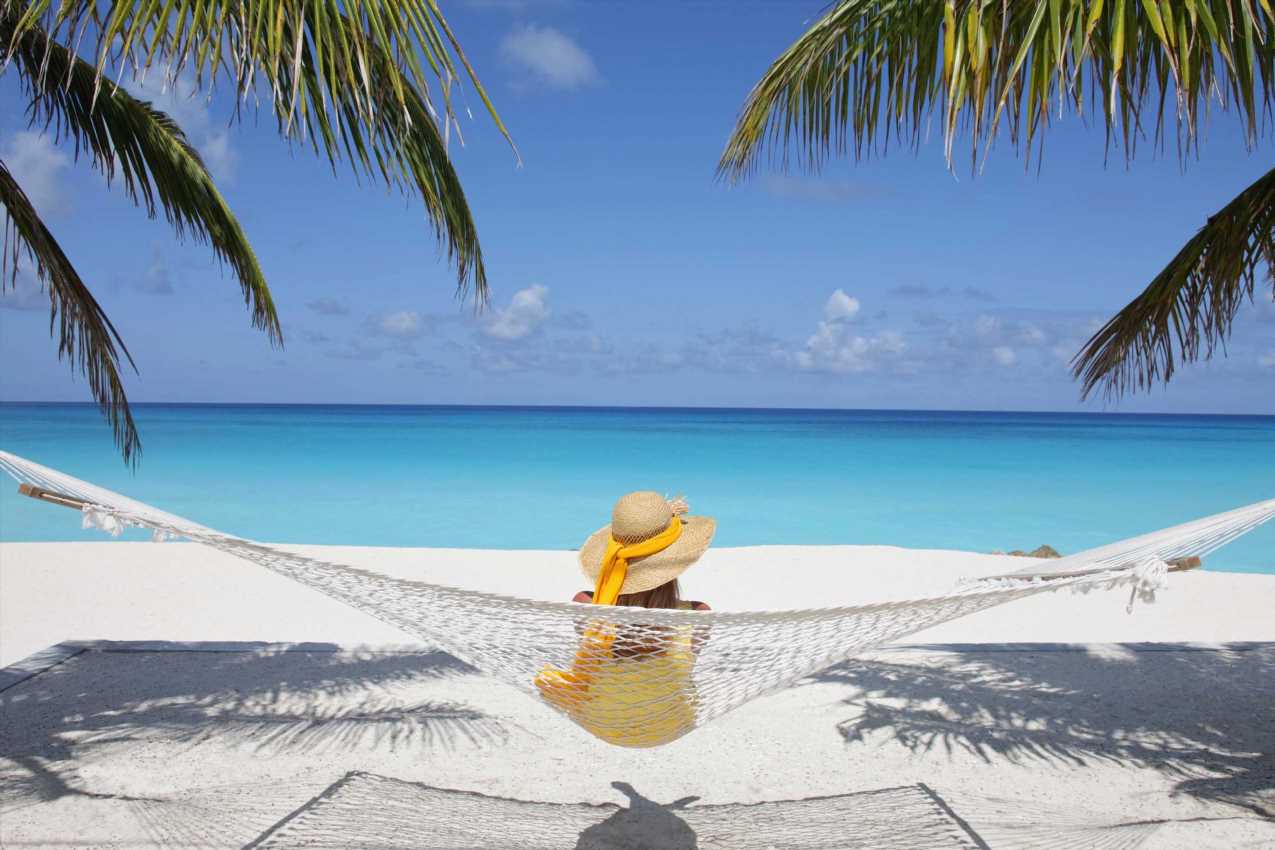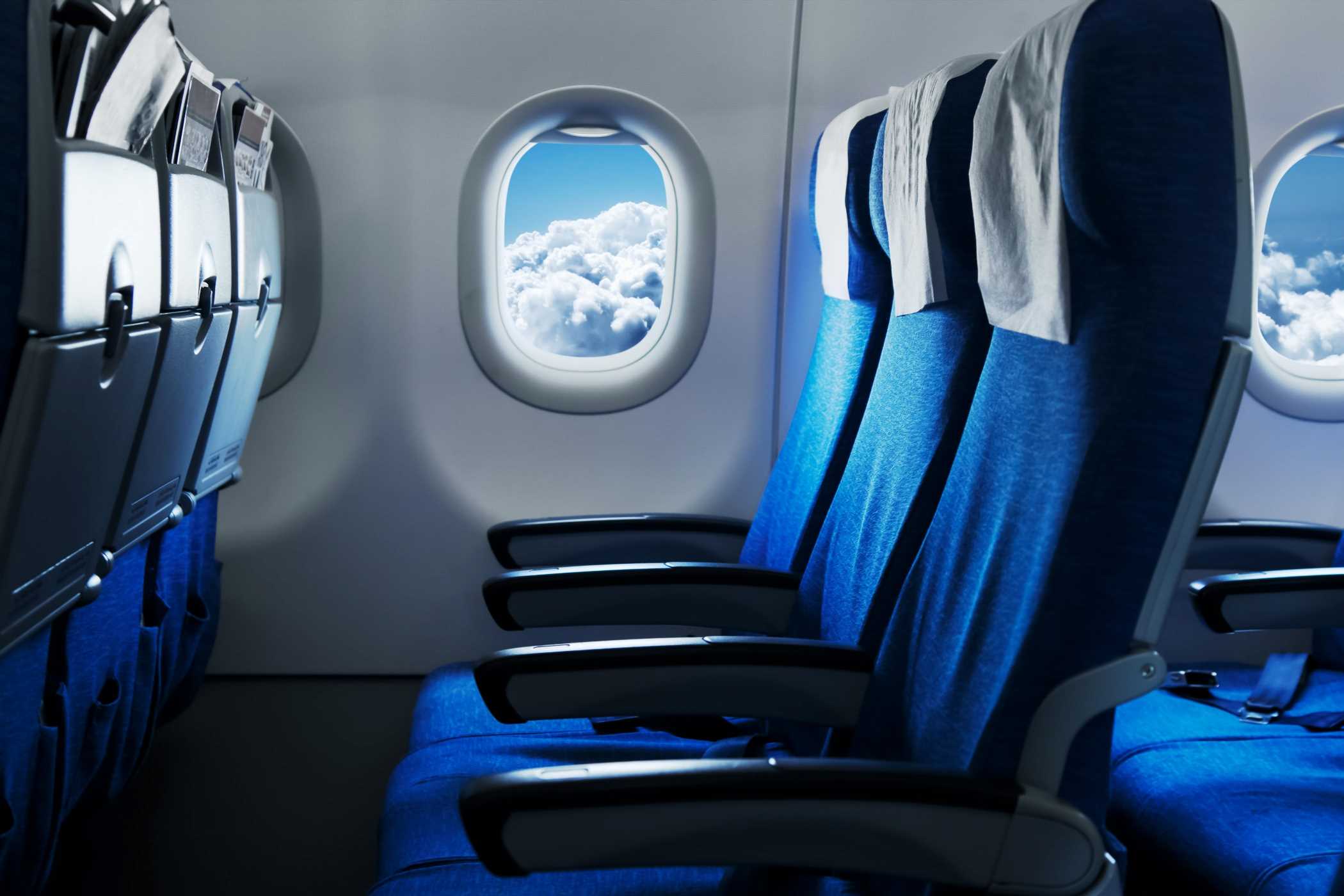SLEEPING during a flight is the best way to pass the time, but nodding off on a busy plane is a skill few possess.
Plane seats are uncomfortable, there's often no leg room and the noise and lighting on board can keep us awake.
However, Martin Seeley, the CEO and sleep expert at MattressNextDay knows a thing or two about getting to sleep, even on planes.
Here, he reveals his best tips on how to doze off at 35,000 feet.
Head to the airport extra early to get a walk in before you board
Recent flight delays should encourage you to head to the airport early, but according to Martin there’s another reason you should try and get there ahead of schedule.
Completing 30 minutes of moderate aerobic activity can lead to a boost in your sleep quality, so you should spend some time up on your feet before boarding your plane.
Martin recommends walking through duty-free, while avoiding sitting down at boarding gates can also help.
Read More on Sleeping
I’m a travel lover who can’t sleep on planes – $25 item changed that forever
The £17 item that flight attendants swear by for sleeping on a plane
Book certain seats to help you drift off
Choosing where to sit can improve your comfort on your flight and there are lots of little things that can affect which seats are best.
Firstly, you should avoid sitting near the toilets as that tends to be the busiest area on the plane.
Instead, you should pick a seat in the same row as the wing.
Not only is this likely to be the quietest area but as the wing is usually where the emergency exit is based, you could also have more leg room.
Most read in Travel
Bargain-hunters flock to lux beaches & £2 wines… in a VERY unexpected spot
The game-changing £6.99 item that stops you getting bitten on holiday
I'm a packing expert – here are four ways to save space in your case
Inside UK theme park that is free to visit with terrifying rollercoasters
Board the plane last to bag extra seats
If you’ve missed out on a wing seat, don’t fret. Another hack for getting a good seat for sleeping is to hold back in the airport gate until everyone has boarded.
If you’re the last one to board, you can see where the empty seats are and see if there are any empty rows – allowing you to spread out.
As soon as you sit on the plane, change your clocks
Setting your watch and phone to the time at the destination you’re heading to, then act as if that is the time.
For example, if you’re flying in the afternoon but it’s night time where you’re heading, you should try to fall asleep.
However, if you’re flying long haul, you should also adjust the time on the lead-up to your flight – especially if you’re flying across multiple time zones.
You can do this by adjusting your bedtime by an hour or two a few days before you’re due to fly.
Both of these tips will help your internal body clock adjust, making it easier to avoid jet lag.
Before you board, download a white noise app
If sleep is your main priority on your flight, Martin recommends downloading a white noise app before you fly.
Studies have shown that white noise significantly improves sleep for people who experience difficulty nodding off due to high levels of environmental noise.
There are lots of playlists on Spotify. However, if you don’t find it relaxing, you could instead pre-download sleep stories or meditation guides that can be found on apps like Headspace or Calm.
Splash out on noise-cancelling headphones
To listen to white noise or sleep stories, you’ll need headphones, however, you shouldn’t bring just any headphones.
Flying can be extremely noisy. Some cabins have volumes higher than 85 decibels, which is louder than a vacuum cleaner.
Noise-cancelling headphones can stop a lot of that from getting through, keeping things peaceful.
Martin also recommends avoiding smaller headphones like airpods, which can easily fall out of your ear, leaving you scrambling around and disturbing other passengers as you try to search for them.
If you take your sleep seriously, pack a sleep kit
If you’re flying late at night, an eye mask is essential to block out the light from any TV screens and reading lights.
Not all airlines provide these, while some are often low quality, so you should buy one that is soft, can mould around your face and has a good cover to block out the light.
You should also bring a travel pillow. The best are those that are made of soft memory foam, that surround your neck, giving you extra support while you sleep upright.
However, if you are limited by a lack of space, you can bring a large scarf that can be rolled around your neck for support or used as a blanket if the flight gets chilly.
Finally, you should bring earplugs to help drown out the noise of the roaring jet engines and people chatting.
Switch alcohol for water
If your airline offers unlimited alcohol, you may be tempted to get make the most of it.
However, if you plan on sleeping on the plane, you should refrain from drinking any alcohol.
While it may ordinarily make it easier for you to drift off, alcohol actually disrupts your sleep and lowers the quality – making you more tired in the morning.
The air on planes is notoriously dry, which can lead to scratchy throats, dehydration, eye irritation, and other conditions that can also make it hard to fall asleep.
Therefore, drinking water before and throughout your flight will not only alleviate these problems but make it easier for you to fall asleep.
Read More on The Sun
How hot does it have to be to legally leave work?
I’ve found the leggings I’ve been looking for my whole life – they’re only £10
This travel expert revealed how they avoid jet lag on every single flight.
There is a clever plane seat hack that could also improve your sleep on planes.
Source: Read Full Article












